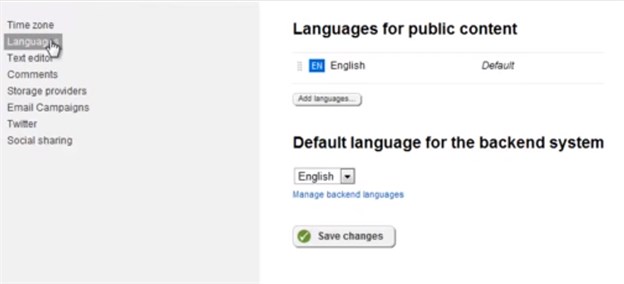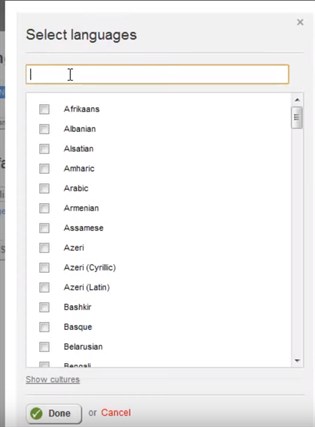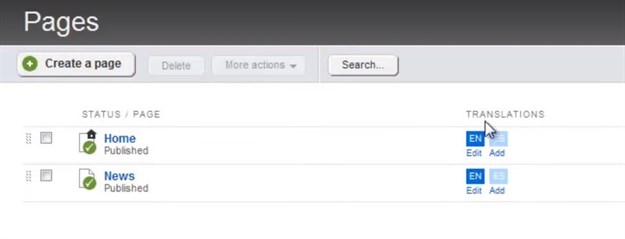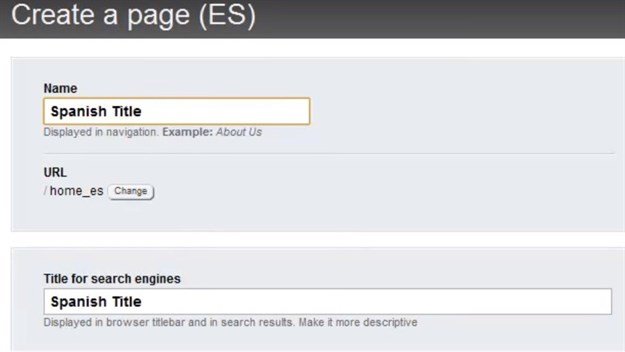Localization for Sitefinity CMS Enterprise Edition
Sitefinity is an ASP.NET Content Management System (CMS) that supports and easily handles multilingual websites. This blog will cover how to enable Sitefinity to create multilingual content.
To enable the creation of multilingual content using Sitefinity, we need some prerequisite steps:
- Define the list of languages that need to be used from Sitefinity settings:
Administration > Settings > Select Languages from the left column


- You can select the language and the target locale.
- Next, select the routing structure of your multilingual website using Directories or separated domains.

Pages Localization
Now that we have enabled multilingual support, from the Pages section we will have new status icons beside each page representing the new languages that are currently supported.
You can click Edit to edit already saved content or add new content for non-translated pages. If you click Spanish, for example, you will be redirected to the page details where you have to insert a name and title like any other pages in the source language

Once you create the page, you will have two options: start the page design from scratch or copy it from another language. The second option will save a lot of time because now you need to focus only on the content itself. But, this may not be the best solution in all cases, especially if the target language is a right-to-left language, like Arabic and Hebrew. In this case the template needs to be adjusted to be able to display right-to-left content.
Translation Module (Enterprise Version Only)
The Enterprise version of the CMS has an important localization feature named “Translation Module” which facilitate the localization process as following:
- Export content in XLIFF format which is the translation standard format used by almost all the translation CAT tools.
- Using this module, exported content can be senT automatically to external translation agencies.
- Full automated process to import back the translated files.
- This module can be customized to handle specific client’s business needs.
The following content types are available to be localized using the translation module:
- Pages
- News
- Blogs
- List/lists items
- Events
- Media content
- Dynamic content
- Custom content types
Non translatable content:
- Forums
- Forum threads
- Forum posts
- Comments
